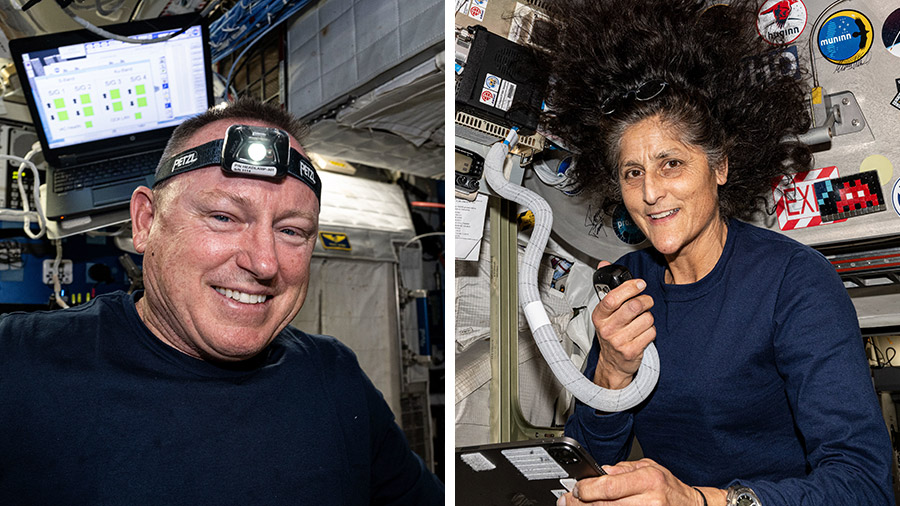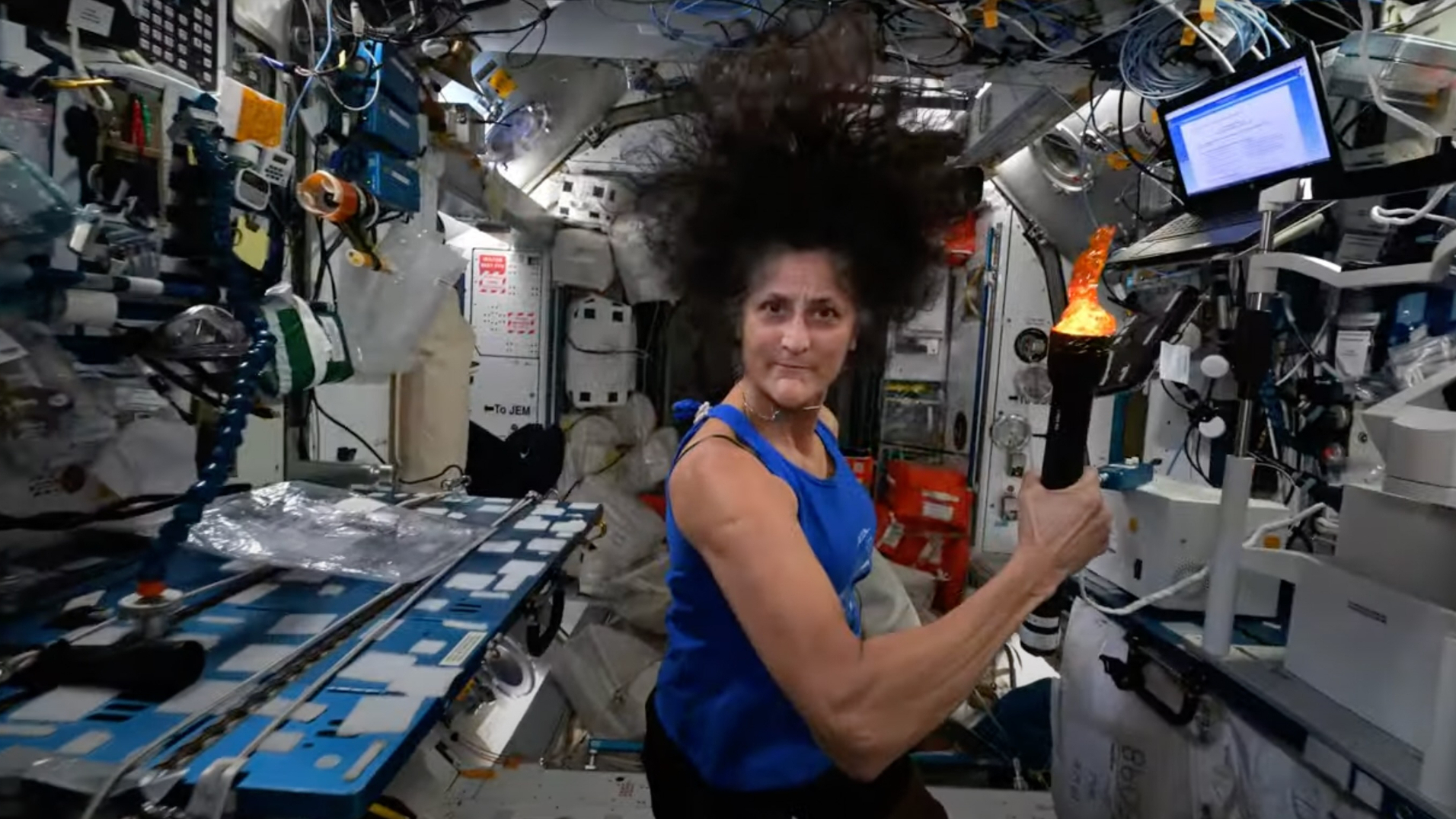Here's what Boeing Starliner astronauts are doing on the ISS as NASA works on their ride home
"They are always prepared."

Boeing Starliner's two NASA astronauts have been busy in space since arriving two months ago on the first-ever crewed Starliner mission.
While astronauts Butch Wilmore and Suni Williams were expected to spend 10 days in space after their June 5 launch, it's now been 71 days — and they will not come home until mid-August at the earliest. That's because their spacecraft, Boeing's Starliner, underwent numerous technical issues and, perhaps most critically, problems with its thrusters and propulsion system while docking with the International Space Station on June 6.
NASA's program control board disagrees on whether the root causes of the propulsion misfires have been found, despite months of analysis. It also remains unclear if the agency will authorize Starliner to return to Earth with astronauts on board at all. Rather, the astronauts may return home on SpaceX's Crew Dragon capsule, depending on NASA's findings about Starliner.
Related: Will Boeing's Starliner astronauts ride a SpaceX Dragon home in 2025? NASA could decide next week
In the meantime, however, Wilmore and Williams have been tasked to other activities on the ISS. They knew what they were signing up for. Both are former U.S. Navy test pilots with experience in developmental programs and long deployments, and that's a large reason they were selected for this current mission, known as Crew Flight Test (CFT).
"Before they launch, we discuss nominal and potential off-nominal mission durations. They are always prepared," NASA chief astronaut Joe Acaba, who heads crew selection, told reporters during a telephone briefing Wednesday (Aug. 14).
He emphasized that communication has continued throughout the mission to make sure the astronauts stay physically and mentally prepared, and all indications are positive in that regard. "As professionals, they're doing great," he said. "We are all concerned for our crew that is on orbit, and they are willing to do whatever it takes to support those crew members."
Get the Space.com Newsletter
Breaking space news, the latest updates on rocket launches, skywatching events and more!

NASA had also implemented contingency scenarios for if the astronauts would need to stay beyond a couple of weeks, ISS program manager Dana Weigel told reporters on Aug. 7.
The astronauts were "fully trained" on all ISS duties, meaning Williams and Wilmore have been doing extra maintenance and a large share of science during their time on board. Appropriately sized spacesuits were set aside if the astronauts are asked to take on extra-vehicular activities. As for the supplies, the ISS always has a four-month contingency of food, oxygen and other critical items that Williams and Wilmore have been using.
Williams and Wilmore are not permanently stuck in space, but how they will get home is uncertain.
On one hand, NASA may task SpaceX with adding two extra seats to the cargo area of SpaceX's Crew-8 Dragon, currently docked at the ISS, to use that spacecraft as the duo's return vehicle. Another option lies with launching a half-empty SpaceX Crew-9 in September with only two astronauts on board, leaving two seats empty for Wilmore and Williams to return in sometime during February 2025. Alternatively, the Starliner astronauts may come home on Starliner after all.
NASA expects to make a decision around next week or so on which path to pursue, the agency told reporters during the Aug. 15 briefing. Agency officials have also said repeatedly that having multiple vendors sending crews to space (Boeing and SpaceX) allows for many options when missions don't exactly go to plan.
Join our Space Forums to keep talking space on the latest missions, night sky and more! And if you have a news tip, correction or comment, let us know at: community@space.com.

Elizabeth Howell (she/her), Ph.D., was a staff writer in the spaceflight channel between 2022 and 2024 specializing in Canadian space news. She was contributing writer for Space.com for 10 years from 2012 to 2024. Elizabeth's reporting includes multiple exclusives with the White House, leading world coverage about a lost-and-found space tomato on the International Space Station, witnessing five human spaceflight launches on two continents, flying parabolic, working inside a spacesuit, and participating in a simulated Mars mission. Her latest book, "Why Am I Taller?" (ECW Press, 2022) is co-written with astronaut Dave Williams.









